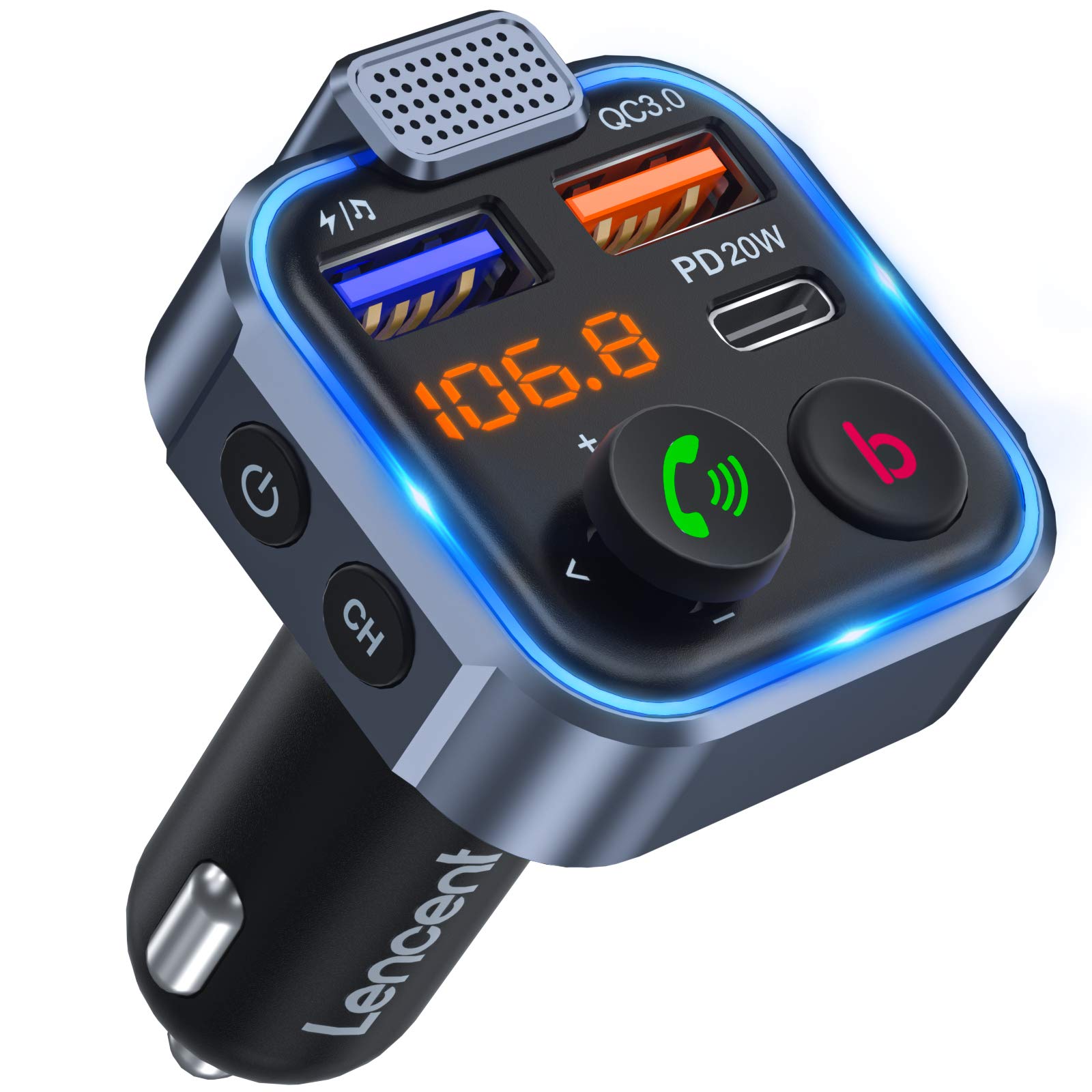What is Bluetooth Bonding?
What is Bluetooth Bonding?
Bluetooth bonding is the process of establishing a trusted connection between two Bluetooth-enabled devices. When devices are bonded, they are able to communicate with each other securely without the need for repeated pairing. This means that once the devices are bonded, they can automatically recognize and connect to each other without requiring the user to re-enter a PIN or passkey each time they want to connect.
When a Bluetooth device is bonded to another, it stores the necessary information to enable automatic connections in the future, such as the device’s address and link keys. This streamlined connection process enhances user experience by reducing the time and effort required to establish a connection between devices.
Bluetooth bonding is particularly beneficial in scenarios where frequent and reliable connections between devices are necessary, such as in-car Bluetooth systems, wireless headsets, and smart home devices.
By understanding the concept of Bluetooth bonding, users can make the most of their Bluetooth-enabled devices and enjoy seamless and hassle-free connectivity.
Benefits of Bluetooth Bonding
Bluetooth bonding offers several advantages that enhance the user experience and streamline the connectivity process between devices. Understanding these benefits can help users leverage the full potential of Bluetooth technology:
- Effortless Connectivity: Once devices are bonded, they can automatically connect to each other without requiring manual intervention, saving time and simplifying the user experience.
- Enhanced Security: Bonded devices establish a trusted connection, reducing the risk of unauthorized access and ensuring secure communication between devices.
- Seamless Pairing: Bonding eliminates the need to repeatedly enter PINs or passkeys when connecting devices, making the pairing process more convenient and user-friendly.
- Improved User Experience: With bonded devices, users can enjoy a seamless and reliable connection, leading to a more satisfying overall experience with their Bluetooth-enabled devices.
- Automatic Recognition: Bonded devices can recognize each other and establish connections without requiring manual initiation, providing a hassle-free connectivity experience.
- Enhanced Productivity: In work environments, Bluetooth bonding allows for quick and reliable connections between devices, facilitating efficient communication and collaboration.
These benefits underscore the significance of Bluetooth bonding in modern technology, offering users a convenient and secure way to connect their devices and optimize their usage.
How to Connect Auto Drive Bluetooth FM Transmitter to Your Device
Connecting the Auto Drive Bluetooth FM Transmitter to your device is a straightforward process that allows you to enjoy wireless audio streaming and hands-free calling in your vehicle. Follow these simple steps to establish a seamless connection:
- Power On the Transmitter: Plug the Auto Drive Bluetooth FM Transmitter into your vehicle’s power outlet (cigarette lighter socket) to power it on.
- Enable Bluetooth: Activate the Bluetooth function on your mobile device or other compatible device to make it discoverable.
- Pairing Mode: Press and hold the “Pair” or “Bluetooth” button on the transmitter until the LED indicator flashes rapidly, indicating that it is in pairing mode.
- Select the Transmitter: On your device, select the Auto Drive Bluetooth FM Transmitter from the list of available Bluetooth devices to initiate the pairing process.
- Enter Passcode: If prompted, enter the passcode (often “0000” or “1234”) to complete the pairing process.
- Confirmation: Once paired, the LED indicator on the transmitter will stop flashing and remain solid, indicating a successful connection.
- Audio Streaming and Calls: You can now stream music from your device to the transmitter or use it for hands-free calling while driving.
It is important to consult the user manual provided with the Auto Drive Bluetooth FM Transmitter for specific instructions tailored to your device model, as the pairing process may vary slightly between different versions.
By following these steps, you can easily connect the Auto Drive Bluetooth FM Transmitter to your device and enjoy the convenience of wireless audio and communication capabilities in your vehicle.
Troubleshooting Bluetooth Bonding Issues
While Bluetooth bonding generally offers seamless connectivity, users may encounter occasional issues when attempting to pair their devices. Understanding common problems and their solutions can help troubleshoot these issues effectively:
- Ensure Compatibility: Verify that the devices you are attempting to pair are compatible with each other and support the same Bluetooth protocols.
- Check Device Visibility: Ensure that both devices are set to “discoverable” or “visible” mode to allow them to detect each other during the pairing process.
- Reset Bluetooth Settings: If experiencing connectivity issues, reset the Bluetooth settings on both devices and attempt to pair them again.
- Update Firmware and Drivers: Ensure that the firmware and drivers for both devices are up to date, as outdated software can lead to compatibility and connectivity issues.
- Clear Paired Devices List: If the device has a limited number of slots for paired devices, clear the list of previously paired devices to make room for new connections.
- Check Signal Interference: Avoid pairing devices in areas with significant wireless signal interference, as this can disrupt the pairing process.
- Restart Devices: Power cycle both devices by turning them off and then back on to refresh their connectivity and attempt pairing again.
- Check for Physical Obstructions: Ensure that there are no physical obstructions or metal barriers between the devices, as these can interfere with Bluetooth signals.
- Consult User Manuals: Refer to the user manuals of the devices for specific troubleshooting steps and recommendations provided by the manufacturers.
By following these troubleshooting steps and considering potential factors that may affect Bluetooth bonding, users can overcome common connectivity issues and establish successful pairings between their devices.

